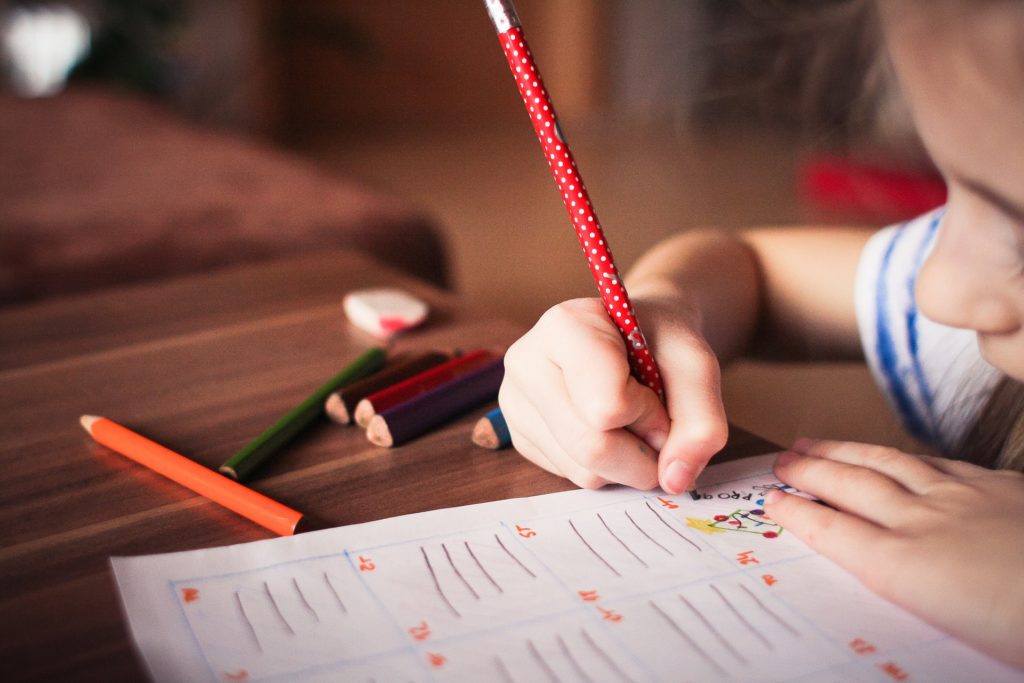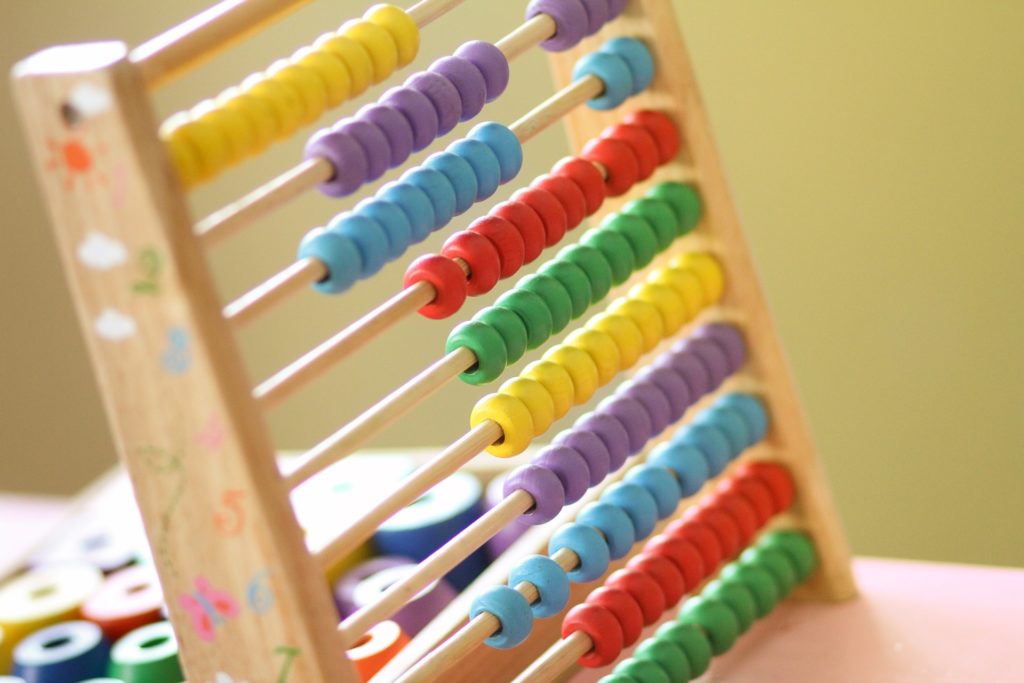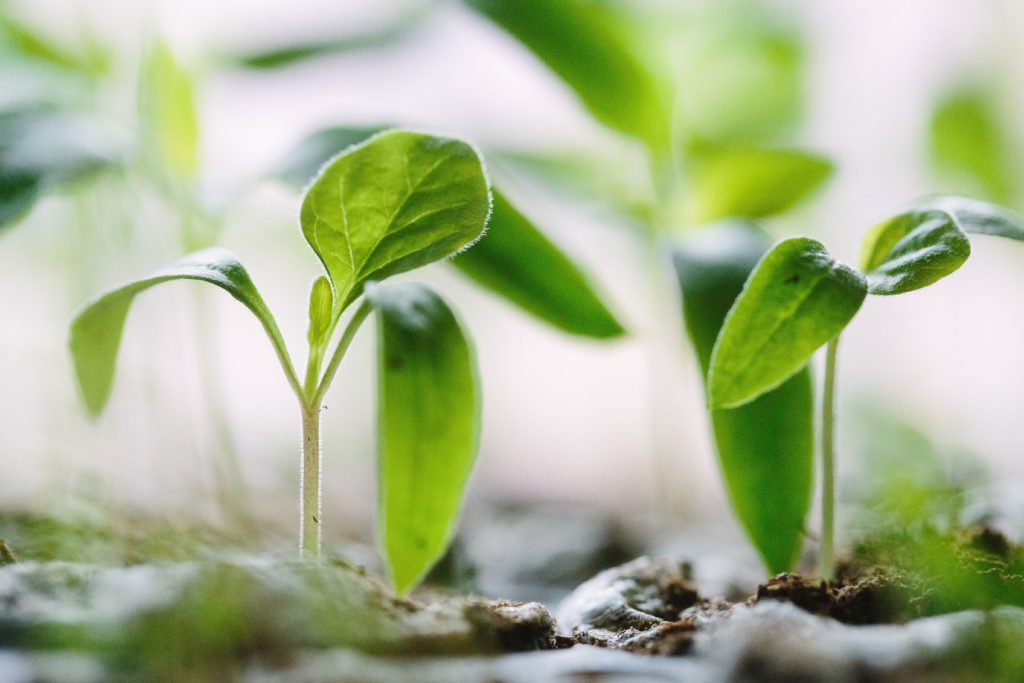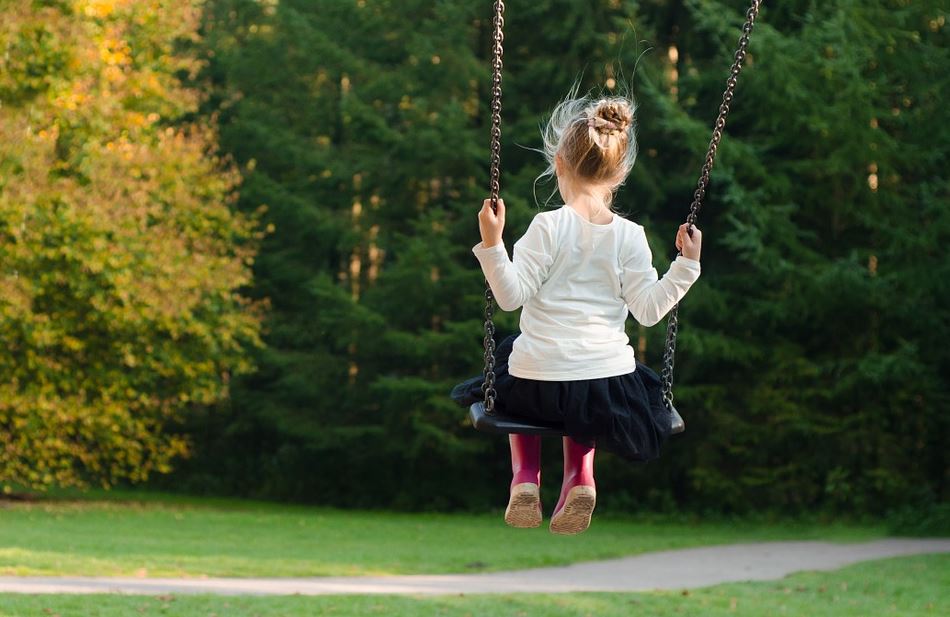Year 3 Juniors
Year 3 is the end of one key stage and the start of another. Your child now enters Lower Key Stage 2 and will stay in this Key Stage for the next 2 years. They will also be classed as a Junior in the school and no longer an infant.
With the intensity of Year 2 out of the way, Year 3 will feel more relaxed.
There is one more year before the assessments of Year 4 start, then the transition into Upper Key Stage 2.
For this reason, Lower Key Stage 2 will be very similar to Upper Key Stage 2, with the same timetable and lesson structure.
The children will drop some lessons from the previous years such as phonics and gain new ones such as R.E. History, Geography or topic.
Children seem more grown up in this year and behave more confidently.

What a child should know by the end of year 3 in Literacy:
Instead of phonics, there is a greater focus on spellings to learn the large variety of rules, including prefixes and suffixes.
In English, children will focus more on writing descriptions and developing their creativity. They will look at character descriptions and setting descriptions and how to structure stories.
They will also look at writing poems and playscripts.

What a child should know by the end of year 3 in Numeracy:
There is a greater variety of written calculations such as column addition and subtraction using 3 digit numbers. Learning about multiplication and division facts and learning the times tables by rote. Especially 3, 4 and 8 times tables on top of the 2, 5 and 10, they learnt previously.
They will build on their fractions work from year 2, looking more at fractions of quantities equivalent fractions, shapes, perimeter, area, angles, and lines.
They will use these concepts to problem solve and develop maths mastery.

Science
In science your child will do more scientific investigations, writing things up more formally using predictions, methods, results and conclusions. They will look further at life processes, animals (including humans), forces and magnets, rocks, and light.
The targets for Literacy and Numeracy are as follows:
Year 3 Literacy Targets
Write stories with different openings
- Character descriptions
- Setting descriptions
- Use dialogue in stories using paragraphs and speech marks
- Write a contents page
- Use more interesting verbs and adjectives to develop writing skills; for example, walk, run, chase, sprint, gallop, consume, eat, devour, gobble, whispered, shrieked, screamed, said
- Be able to write facts, in project layout, use dictionaries, thesaurus
- Learn about opposites, good and evil, wise and foolish, trials and forfeits
- Understand myths and fables compared to traditional stories
- Change the story openings; A long time ago… When I was a…, One day…, In the middle of …
- Use colons, bullet points when writing lists
- Write arguments for and against
- Plurals that don’t change their endings for example; man /men, mouse/mice etc
- Writing letters, news, report, and formal letters as opposed to writing to a friend
- Using expression in writing; surprise, apology, greeting, warning, thanking, and refusing
- Describe a character’s feelings and behaviour, for example; brave, frightened, timid, foolish, unreasonable, and fair…
- Write letters to; explain, enquire, congratulate, complain
- Use encyclopaedias
- Write summaries explaining main points
- Revise work from previous year
Year 3 Numeracy Targets
- Read, write and order numbers to 1000, backwards and forwards
- Count backwards and forwards in 10s or 100s starting from any two or three digit number
- Know number bonds to 20 for addition and subtraction
- Recognise fractions ½, ¹/3, ¼, ¹/5, ¹/10 and understand how they relate to shapes and numbers
- Add and subtract multiples of 100 or other three digit numbers from larger three digit numbers
- Know the 2, 4, 5, 10, 3, 4 and 8 times tables by heart and how they are related
- Know that division is the opposite of multiplication
- Understand time and how it relates to year, month, week, day, hour, minute and second
- Understand currency and how the £ and p signs are used
- Recognise angles, particularly right angles in shapes
- Understand how lines of symmetry work and how to identify them in shapes and also that some shapes do not have lines of symmetry
- Perpendicular lines
- Parallel lines
- Perimeters of shapes
- Areas of shapes
- Explain methods and reasoning used to solve mental problems
- Be able to organise lists and data in graphs and interpret what graphs, and tally charts represent
How can I help my child in Year 3?
Again, reading and spelling are the key focuses outside of school. Most children should be free readers by the end of this year, meaning they are no longer part of a structured school reading programme and able to choose books they choose to read themselves.
You should still listen to your child read and ask them questions as they do, as this will develop their comprehension skills.
Read to them too to model good reading and help them to develop fluency. Encourage them to read with expression to develop their understanding. Reading a variety of texts will give them ides of what to write in their own writing.
Test their understanding by putting in deliberate mistakes.
You should also help them learn their spellings, their times tables and learn the new concepts in maths they are learning.
